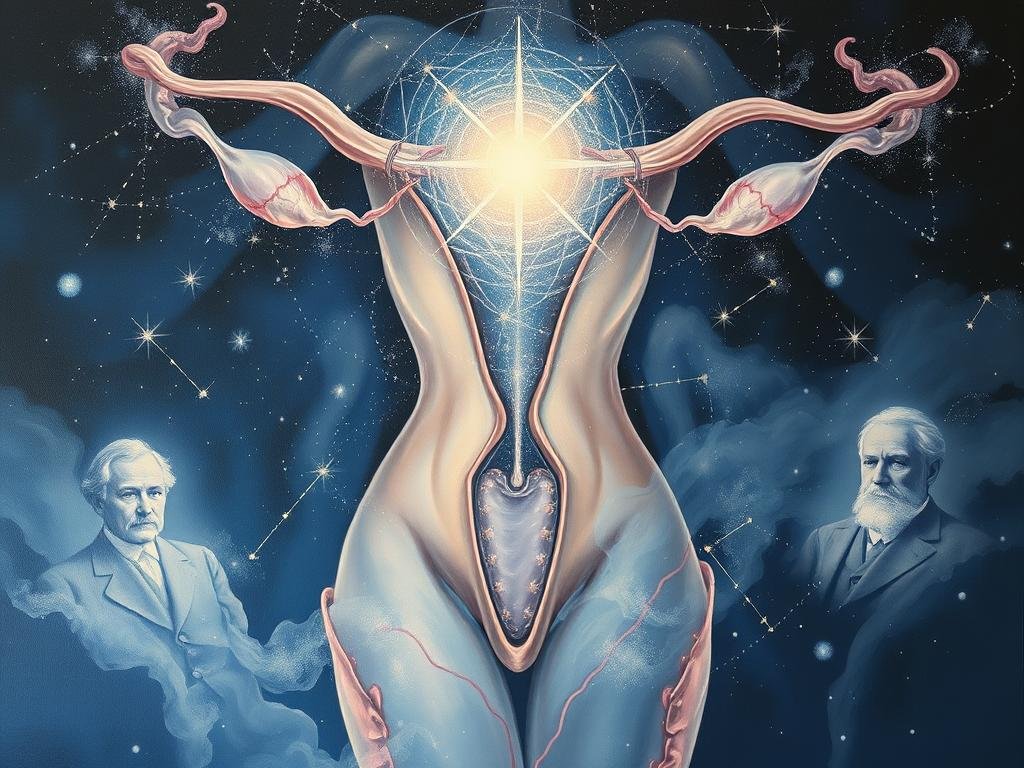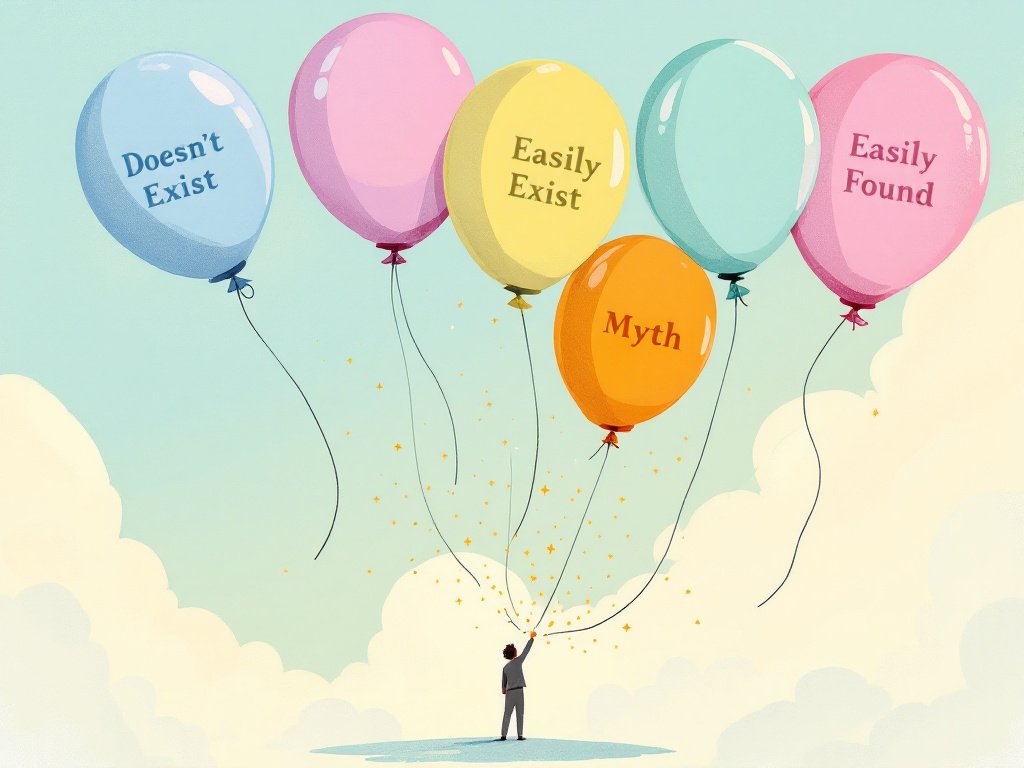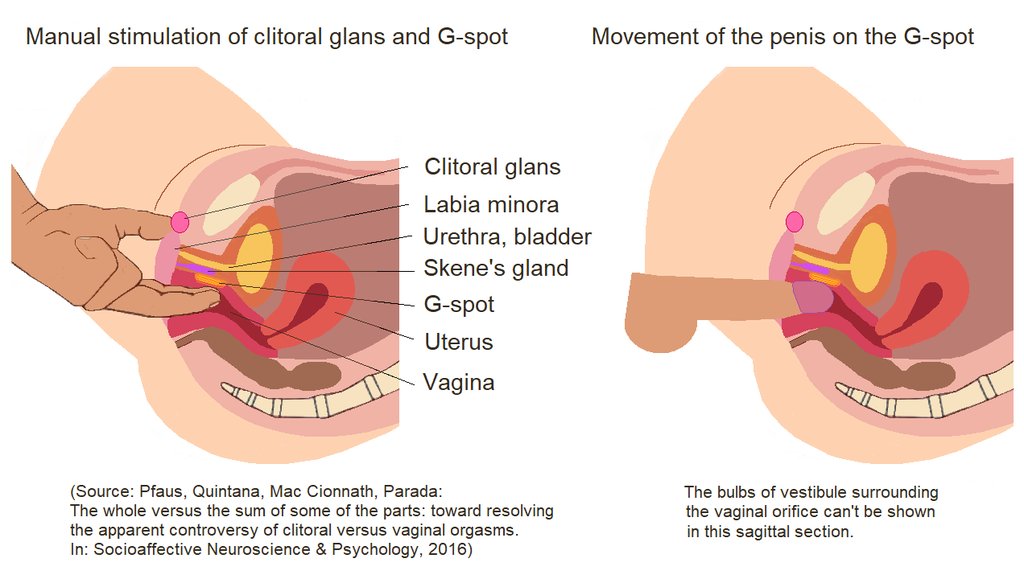
6 G-Spot Myths: What Women Wish Men Knew for Better Connection
Introduction
When it comes to sexual intimacy, communication and understanding are key. The G-spot, often hailed as a source of profound pleasure for many women, is still shrouded in mystery, leading to common misconceptions that can hinder connection between partners. Recognizing and addressing these myths can help create a more fulfilling sexual experience and foster better understanding in the bedroom.
Understanding the Importance of the G-Spot
The G-spot, or Grafenberg spot, is a highly sensitive area located on the anterior wall of the vagina. Stimulating this area can lead to intense pleasure for some women and even result in female ejaculation, known as squirting. While the sensitivity of the G-spot varies from person to person, its discussion is essential for enhancing intimacy. Understanding a partner’s body and preferences creates an environment where both parties can feel comfortable exploring different forms of pleasure together.
Moreover, acknowledging that not all women experience the same level of sensitivity regarding the G-spot is crucial. Some may find stimulation pleasurable, while others may not feel much at all. This variation underscores the importance of open dialogue about preferences, boundaries, and desires in order to foster a more enjoyable experience for everyone involved.
The Need for Dispelling Myths
Myths surrounding the G-spot can perpetuate misunderstandings and insecurity. Common stereotypes, such as the belief that every woman must have a G-spot orgasm for her sexual experience to be worthwhile, can create undue pressure and frustration. Such misconceptions often stem from societal expectations and portrayals of female sexuality in media.
Dispelling these myths is essential for creating a safe space where women can explore their sexual identities without fear of judgment or inadequacy. By fostering accurate knowledge about the G-spot and its varying significance among women, both partners can feel empowered to explore and enjoy their sexuality on their terms. Open and empathetic conversations about these topics can lead to deeper connections and more satisfying sexual experiences.
The Origins of G-Spot Myths

The myths surrounding the G-spot have deep historical roots and have been compounded by societal influences that shape sexual perceptions. Understanding where these misconceptions originate is key to fostering a more informed and intimate connection.
Historical Misconceptions
The concept of the G-spot, named after the German gynecologist Ernst Gräfenberg who introduced it in the 1950s, marked a pivotal moment in discussions around female pleasure. However, since then, misconceptions have flourished. For centuries, women’s sexuality was often minimized or misunderstood, with many believing that female pleasure could only be derived from clitoral stimulation. Sigmund Freud’s theories further complicated matters, as he promoted a hierarchy of orgasms, suggesting that only vaginal orgasms were “mature.” This stance inadvertently contributed to the stigma surrounding G-spot stimulation, positioning it as lesser or inaccessible. Thus, historical biases and misconceptions continue to overshadow genuine exploration and understanding of female anatomy and pleasure.
Influence of Popular Culture and Media
The portrayal of the G-spot in popular culture and media has also fueled a host of myths. Movies, TV shows, and even literature have often caricatured female sexuality as a mysterious, elusive quest. These narratives frequently oversimplify or dramatize the experience, leaving many men with unrealistic expectations about women’s sexual responses. For example, media often depicts instant gratification as a result of G-spot stimulation, creating the myth that all women will experience intense pleasure in the same way. Furthermore, the prevalence of pornography, which frequently emphasizes dramatic depictions of female arousal, perpetuates the notion that G-spot orgasms are easy to achieve and universally pleasurable, sidelining the unique experiences of individuals. By recognizing the influence of these cultural and historical narratives, both men and women can work towards dismantling these myths and fostering a more nuanced understanding of sexual intimacy.
6 G-Spot Myths List

When it comes to intimacy and pleasure, the G-spot remains one of the most talked-about yet misunderstood aspects of female sexuality. Despite the ongoing conversations about it, several myths still persist. Here, we’ll debunk six common G-spot myths that women wish men would stop believing, paving the way for better understanding and connection.
Myth 1: The G-Spot Doesn’t Exist
One of the most pervasive myths is that the G-spot is a figment of imagination. Some may argue that it doesn’t exist, but research indicates that there is indeed a sensitive area located on the front wall of the vagina. This area is composed of spongy tissue surrounding the urethra and can often enhance sexual pleasure. Recognizing its existence is crucial for fostering an authentic and fulfilling sexual experience for those who enjoy G-spot stimulation.
Myth 2: The G-Spot is Easily Located
Another common misconception is that finding the G-spot is as easy as following a simple map. In reality, every woman’s body is unique, and identifying this sensitive spot can require exploration and patience. The G-spot is situated about two to three inches inside the vaginal canal, on the upper wall. It may take time and communication between partners to locate it effectively, underscoring the importance of mutual understanding and experimentation.
Myth 3: All Women Enjoy G-Spot Stimulation
Just because some women report intense pleasure from G-spot stimulation doesn’t mean all women will feel the same way. Sexual pleasure is highly individualistic. Many may prefer clitoral stimulation or other forms of intimacy. It’s essential for partners to communicate openly about their preferences instead of assuming that G-spot stimulation will be enjoyable for everyone.
Myth 4: The G-Spot Leads to Soul-Crushing Orgasms Every Time
The idea that G-spot stimulation will guarantee an earth-shattering orgasm is misleading. While some women may experience intense orgasms through G-spot stimulation, others may find it merely pleasurable or may not orgasm at all. Focusing too heavily on the endpoint of orgasms can detract from the overall enjoyment of the experience. Instead, it’s essential to cherish the journey and connection shared between partners.
Myth 5: Only Penetration Can Stimulate the G-Spot
Many believe that penetration is the only way to stimulate the G-spot effectively. However, this is far from the truth. G-spot stimulation can also be achieved through external pressure on the pubic bone or during grinding movements in specific positions. Engaging in various types of foreplay can enhance erotic experiences, proving that pleasure doesn’t solely rely on penetration.
Myth 6: The G-Spot is the Same for Every Woman
It’s a fallacy to think that the G-spot is universally identical for all women. The size, shape, and sensitivity of this area can vary tremendously, just as every person’s anatomy and sexual responses differ. This uniqueness means that what feels pleasurable for one woman may not for another. Understanding and respecting these differences can lead to better sexual experiences and enhanced intimacy between partners.
The Scientific Perspective

Understanding the G-Spot from a scientific viewpoint can help dispel many of the myths that circulate about it. Research has brought to light various aspects of the G-Spot, including its existence and the pleasure associated with it. While some studies have concluded that there might not be a distinct anatomical structure termed the G-Spot, others suggest that the region still plays a significant role in women’s sexual response.
According to researchers, the G-Spot is often referred to as an area of heightened sensitivity located on the anterior wall of the vagina. Studies, including one by Dr. Emmanuele A. Jannini, highlight that this zone is likely a continuation of erectile tissue associated with the clitoris rather than a separate organ. This means that stimulation in the vicinity of the G-Spot can activate nerve endings similar to those found in the more commonly recognized external clitoris, leading to pleasurable sensations.
What Researchers Say about the G-Spot
Multiple research studies have attempted to investigate the G-Spot’s nature and its effects on pleasure. Some researchers argue that the G-Spot might not exist as a distinct entity but rather represents a sensitive area influenced by the internal structures of the clitoris, urethra, and surrounding tissues. A study published in the Journal of Sexual Medicine found that women who reported experiencing pleasure from G-Spot stimulation often also benefitted from direct clitoral stimulation. This highlights the interconnectedness of erotic zones in a woman’s anatomy.
Additionally, researchers like Dr. Beverly Whipple, a pioneering voice in women’s sexual health, advocate that awareness around the G-Spot’s variability can enhance sexual experiences. Rather than fixating on the notion of finding “the spot,” understanding that pleasure can originate from various areas fosters a more satisfying exploration.
Variability in Female Anatomy
One crucial element of the scientific perspective on the G-Spot revolves around individual differences in female anatomy. Just as no two people have identical fingerprints, women’s bodies possess a remarkable variety of anatomical structures and sensitivities. This natural variability means that the G-Spot can be more pronounced for some while being virtually undetectable for others.
Studies indicate that factors such as hormonal levels, neural connections, and overall health can affect how pleasurable the G-Spot stimulation is for each person. For instance, a woman may find immense pleasure from G-Spot stimulation at one time and not experience the same sensations later due to fluctuations in her body. Recognizing this variability encourages both partners to communicate openly, fostering an environment that emphasizes exploration and shared pleasure rather than rigid expectations.
Understanding the scientific nuances behind the G-Spot not only demystifies it but also paves the way for richer, more fulfilling intimate connections.
How Understanding the G-Spot Improves Connection

The G-spot has long been a topic of intrigue and debate, but understanding this elusive pleasure zone can significantly enhance intimacy and connection between partners. By nurturing a knowledgeable and open-minded approach to sexual exploration, both partners can cultivate more satisfying experiences. Communication and exploration play pivotal roles in ensuring that partners feel safe and excited to explore each other’s bodies.
Benefits of Communication in the Bedroom
Communication serves as the bedrock of any healthy relationship, and this is especially true in the bedroom. When partners maintain an open dialogue about their desires, boundaries, and insecurities, they foster trust and comfort. Discussing the G-spot specifically allows for deeper connection, as it encourages partners to share what feels good and what doesn’t. This exchange is crucial for creating an environment where both individuals feel cherished and understood.
Moreover, sharing experiences related to G-spot stimulation can help demystify the process. Women might express what feels pleasurable and how they perceive sensations, allowing their partners to respond accordingly. Being open about these intimate details not only aids in improving physical encounters but also strengthens emotional bonding, which is essential for overall sexual satisfaction.
Encouraging Exploration and Openness
Encouraging exploration in the bedroom allows partners to experience new avenues of pleasure. The G-spot is not a one-size-fits-all experience; every individual responds differently. By openly discussing preferences and experimenting with various techniques, couples can discover what uniquely resonates with them.
Moreover, openness fosters a sense of adventure. When partners feel free to explore, they often are more willing to innovate, whether it’s trying new positions, incorporating toys, or even adjusting the pace during intimate moments. This exploration can transform the act of stimulating the G-spot into a shared adventure rather than a performance, creating a playful atmosphere that encourages intimacy.
In summary, understanding the G-spot—and being vocal about it—can lead to enhanced experiences, deeper emotional connections, and ultimately, a more harmonious relationship. By prioritizing communication and exploration, couples can cultivate a fulfilling sexual journey together.
Conclusion
When it comes to intimate connections, understanding the complexities of the female anatomy, particularly the G-spot, can lead to more fulfilling sexual experiences. The myths that circulate about the G-spot often create unrealistic expectations and misunderstandings, which can hinder genuine intimacy. By debunking these myths, both partners can engage more fully, respecting each other’s bodies and preferences, ultimately enhancing the shared experience of pleasure and connection.
Moving Past the Myths for a Better Experience
To truly enjoy intimate moments, it’s essential to move beyond the myths that cloud our understanding of the G-spot. Recognizing that each person’s body is unique means embracing the diversity of sexual responses and preferences. Squirting is not a prerequisite for pleasure, nor is G-spot stimulation the only way to achieve orgasm. Prioritizing communication and individual exploration will allow couples to discover what works best for them. This shift in mindset fosters patience, nurtures curiosity, and paves the way for deeper emotional bonding during intimate encounters.
Encouragement for Further Discussion and Education
Open dialogue about sexual health and desires can transform relationships. Encouraging discussions—whether between friends, partners, or in educational settings—can eradicate the stigma surrounding G-spot myths. Sharing insights fosters a culture of learning, where both partners feel secure expressing their needs and experimenting freely. As we gradually dismantle misconceptions through education, we pave the way for more satisfying experiences for all involved. Remember, understanding the G-spot and personal pleasure is a journey worthwhile; let’s embark on it together!